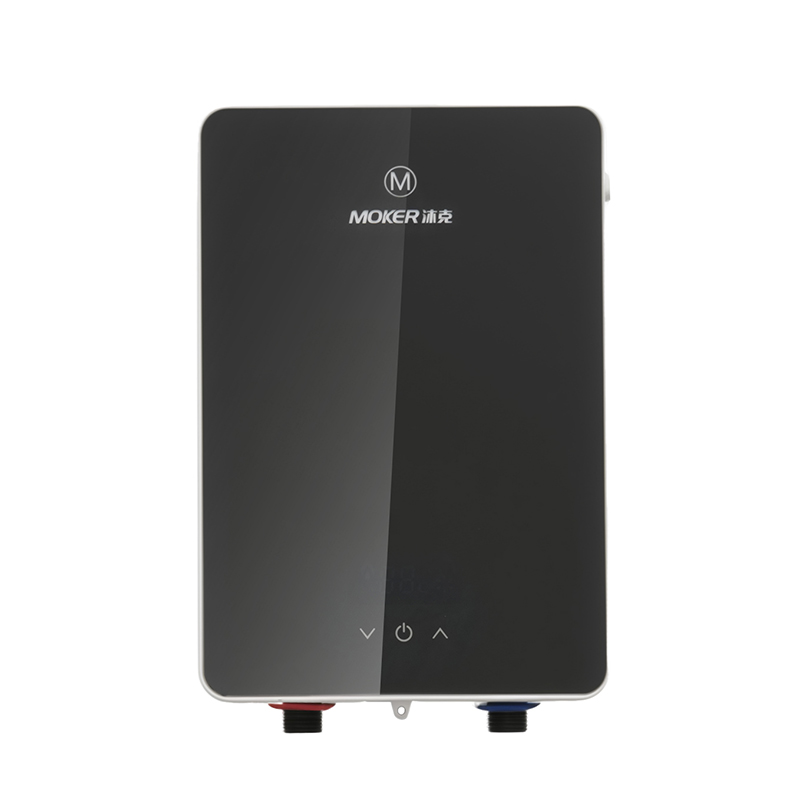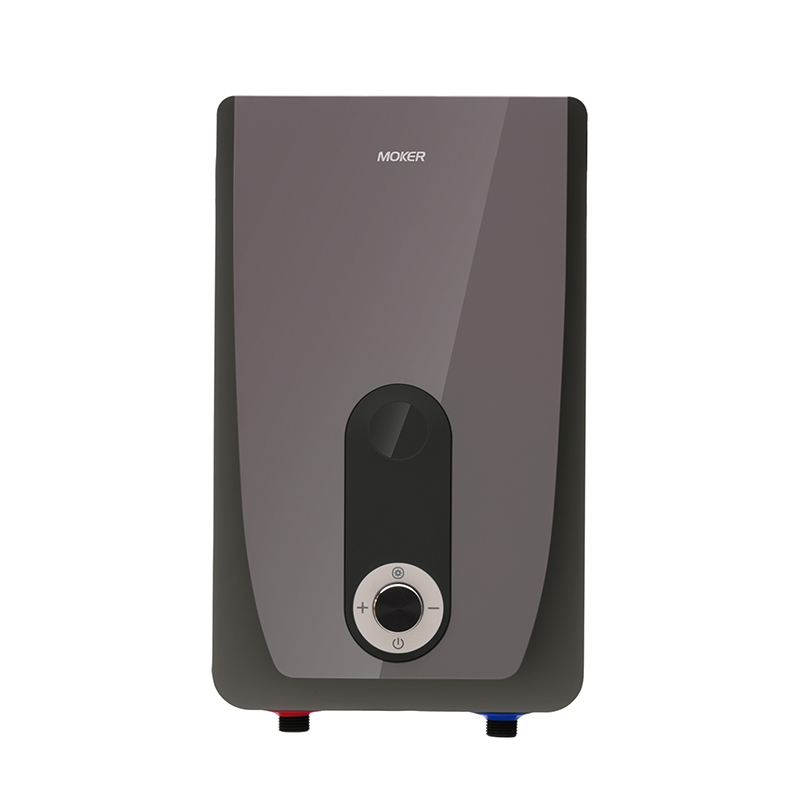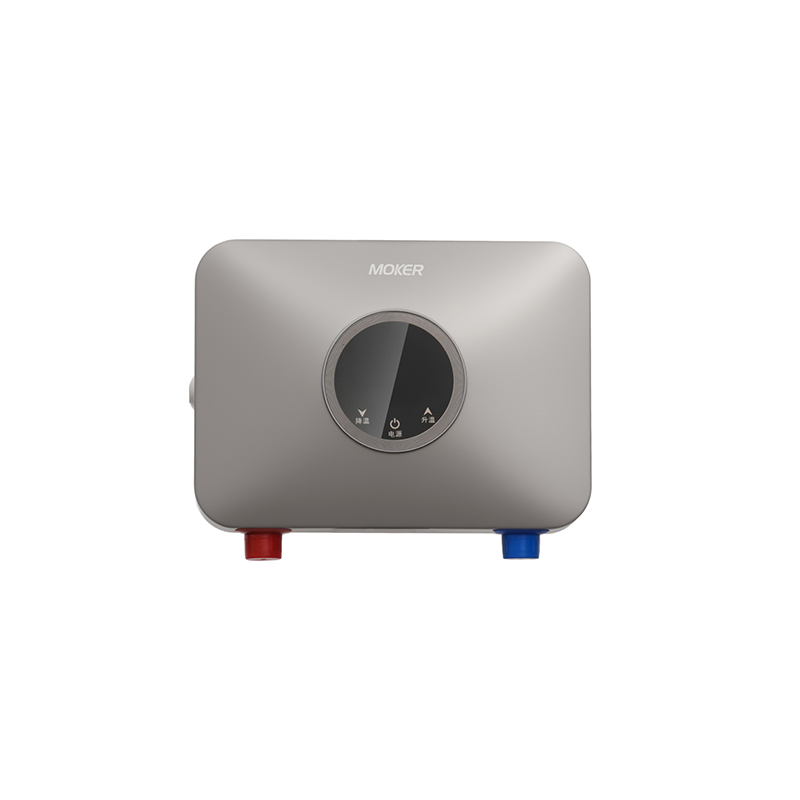Daily Safety Check Points for Different Water Heaters After Installation
Daily safety check points refer to routine inspections required to ensure water heater operates without safety hazards after installation, including checks for electrical leaks, water leaks, gas leaks (for gas models), and exhaust blockages. Regular adherence to these check points prevents accidents like electric shocks, water damage, or carbon monoxide poisoning. Electric water heater, Tankless Water Heater, Instant water heater, electric tankless water heater, and instantaneous water heater electric each have unique safety check focuses, shaped by their heating principles and structural components.
Electric water heater requires three core safety checks: electrical connection integrity, tank leak prevention, and pressure relief valve functionality. For electrical connections, users should inspect Electric water heater’s power cord (if applicable) and terminal blocks monthly for fraying, rust, or loose wires—any damage requires immediate replacement to avoid short circuits. For tank leaks, check the base of Electric water heater’s tank and inlet/outlet pipes weekly for dampness or water stains; small leaks from pipe joints can be fixed with new gaskets, while tank leaks mean Electric water heater needs replacement. The pressure relief valve (a critical safety component) should be tested quarterly: lift the valve handle slightly to release small amounts of water—if no water flows, the valve is blocked and must be replaced to prevent tank overpressure.
Tankless Water Heater (gas and electric variants) has distinct safety check focuses: gas leak detection (for gas models), exhaust vent clearance, and water flow sensor status. For gas Tankless Water Heater, use a soapy water solution to check gas pipes and connections monthly—bubbles indicate leaks, requiring immediate shutdown and professional repair. Exhaust vents (for gas Tankless Water Heater) need weekly checks to ensure no blockages from debris, bird nests, or snow; blocked vents cause carbon monoxide buildup, so vents should be kept clear 3 feet around. For both gas and electric Tankless Water Heater, inspect the water flow sensor monthly: if Tankless Water Heater fails to start when water is turned on, the sensor may be clogged with sediment and needs cleaning with a soft brush.
Instant water heater’s safety checks focus on compact components: electrical insulation, heating chamber tightness, and power switch responsiveness. Inspect Instant water heater’s outer casing and power plug monthly for cracks or insulation damage—exposed wires can cause electric shocks, so damaged casings must be replaced. Check the heating chamber’s inlet/outlet connections weekly for water leaks; Instant water heater’s small size means even tiny leaks can damage surrounding cabinets, so use Teflon tape on loose threads. Test the power switch quarterly: turn Instant water heater on/off 3 times—if the switch is unresponsive or sparks, replace it immediately to avoid overheating.
Electric tankless water heater’s safety checks combine elements of electric and tankless designs: circuit breaker compatibility, heat exchanger temperature, and pipe insulation. Check the dedicated circuit breaker for electric tankless water heater monthly—ensure it matches the unit’s power requirement (e.g., 50-amp breaker for 12kW models) and trips only when overloaded; a frequently tripping breaker means electrical issues need professional diagnosis. Measure the heat exchanger’s surface temperature weekly with a thermometer—normal operating temperature is 120–140°F; temperatures over 150°F indicate a faulty thermostat, requiring adjustment or replacement. Inlet/outlet pipes should be checked monthly for insulation damage; uninsulated pipes in cold areas can freeze, so rewrap with insulation tape if needed.
Instantaneous water heater electric’s safety checks target its micro-components: power cord safety, water flow control, and overheat protection. Inspect instantaneous water heater electric’s power cord (usually short for under-sink use) weekly for fraying or damage—never use a damaged cord, as instantaneous water heater electric’s low wattage doesn’t reduce shock risk. Check the water flow control valve monthly: if instantaneous water heater electric delivers inconsistent hot water, the valve may be partially closed and needs adjustment to full flow. Test the overheat protection (built into most models) quarterly: intentionally block water flow while instantaneous water heater electric is on—if it doesn’t shut down within 10 seconds, the protection function is faulty and the unit must be replaced.
Daily safety checks are non-negotiable for all water heater types: Electric water heater relies on tank and valve checks; Tankless Water Heater focuses on gas and vents; Instant water heater guards against electrical issues; electric tankless water heater monitors circuits and temperature; instantaneous water heater electric protects micro-components. Skipping these checks increases accident risks, while regular inspections extend water heater’s service life and ensure safe operation for years.





